
Have you ever wondered what happens behind the scenes when a factory produces custom bags? From the design process to fabrication, there are many steps involved in creating a high-quality product. In this article, we’ll explore each step of the bag printing process and discuss how it contributes to the overall quality of your finished product. We’ll also look at some tips for ensuring that your own custom bags come out looking great! So if you’re curious about what goes into making a perfect bag, read on!
1. Overview of the Bag Printing Process
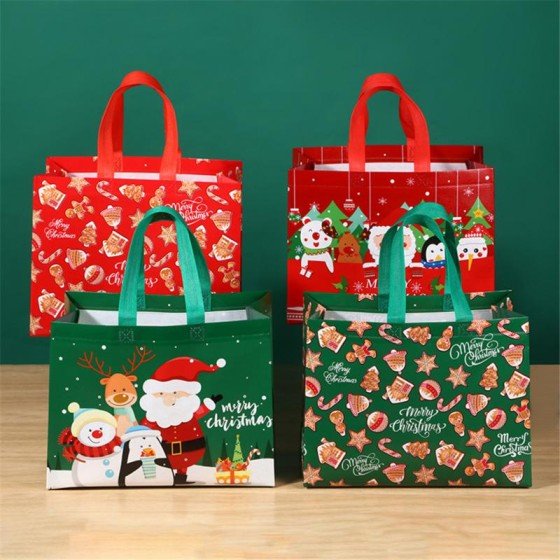
The bag printing process is a complex and multi-faceted one that requires careful attention to detail in order to ensure high-quality finished products. It begins with an initial design concept and takes into account the materials used, the type of printing technology employed, and the various steps of the process that lead to a finished bag.
Let’s take a closer look at each of these components and how they impact bag printing in a factory setting.
2. Materials Used in Bag Printing
Materials used in bag printing are chosen based on the desired end use of the bag, as well as the type of bag being produced. Common materials include polyester, cotton, canvas, vinyl, and even leather. Each material has its own unique characteristics that must be taken into account when choosing the best option for bag production.
3. Different Printing Technologies Available for Bag Production
When it comes to bag production, there are several printing technologies available to suit your needs. The most popular printing technologies include heat transfer, inkjet, offset lithography, rotogravure and flexographic printing, etc.

Heat Transfer: Heat transfer is the process of transferring a printed design on paper onto an object using heat and pressure. It is a commonly used method for bag printing, especially for small runs and custom designs. It’s an ideal solution for bags made of fabric as it gives them vibrant color without any additional cost or setup fees, unlike other methods such as screen or digital printing. The common process involves: Starts with creating a custom design. Then, print it onto specially formulated transfer paper and cut it into shape before affixing it securely to the bag. Finally, use heat and pressure settings tailored for that fabric type in order to make sure all those beautiful colors come through correctly once remove the transfer paper – leaving only boldness behind!
Pro: Heat transfer printing offers the best of both worlds for bag customization – it delivers high-quality, exquisite visuals with vibrant colors and flexibility to print on different materials. Small runs are no issue either since this method also allows cost-effective custom designs!
Con: If you’re looking for a longer-lasting design that can withstand frequent use and washing cycles, then heat transfer may not be a go-to option as wear off over time is possible.

Inkjet Printing: Inkjet is one of the most common and affordable forms of bag printing available today as it requires little setup costs compared to some other methods such as rotogravure or flexographic printing. With this method, you can quickly print designs onto synthetic materials like polyester which makes them perfect for customizing sports bags or promotional bags without burning a hole in your pocket! All that’s needed is an inkjet printer and some special inks specifically designed for fabric substrates so that they don’t cause fading over time when exposed to light and elements like water. The process involves: The first step is designing a unique look. Next, the printer must be carefully calibrated to match the material of each bag for optimal clarity and vibrancy in printing results. Once loaded up, the design is printed directly onto the bag material. Lastly, leave some time so that all those brilliant colors have enough opportunities to dry off before they’re ready to take out into the world.
Pro: It is the perfect solution for customizing your designs and producing unique, vibrant visuals with ease. Perfect for smaller runs or one-off creations, this method offers great cost efficiency while allowing you to tailor each individual output.
Con: They’re not so hardy in comparison to other types – frequent use and washing can cause them to fade over time!
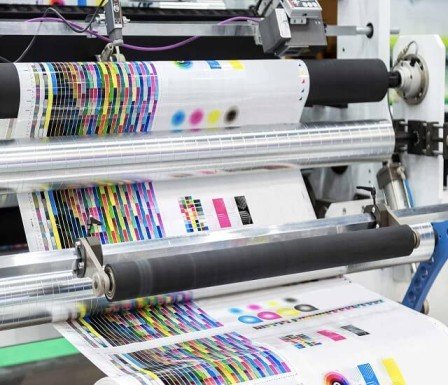
Offset Lithography: This form of bag production has become increasingly popular due to its long-lasting results, especially for large runs of bags. This method involves transferring the design from a printing plate onto a rubber blanket and then onto the bag material using ink. The process involves: After designing an eye-catching artwork, then transferring it onto a sturdy aluminum or plastic plate. The plates are then fitted to the press and ink is added for vivid colors before loading up the bags ready for print.
Pro: Offset lithography bag printing offers a world of advantages for creating stunning, eye-catching bags. This method provides long-lasting prints with vivid colors that won’t fade over time, perfect for high-volume orders.
Con: While it’s not the cheapest option if you’re running on a budget – due to larger runs being more cost-effective.
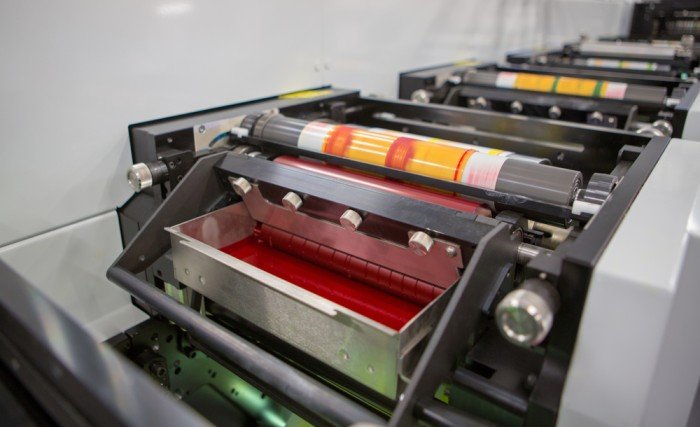
Rotogravure Printing: Rotogravure is one of the most popular technologies used in commercial bag production, especially for high-volume production runs. This method involves engraving the design onto a cylinder, which is then used to transfer the ink onto the bag material. The process involves: Crafting unique, long-lasting works of art that begin with the careful design process. From here, an engraving lathe is used to etch the artwork onto a cylindrical printing plate that will later be attached to a press. With everything in place and ink loaded up, these designs are created by expertly transferring pigment from cylinder to bag material before finally being set aside for drying time – where quality bags come alive!
Pro: It offers exceptional levels of detail with vivid colors while still giving great durability over time thanks to its ability to etch deeply into fabrics/materials using acid resists (a kind of protective film).
Con: The downside? Expensive setups are usually required before running a job especially since plates will need regular replacing due to their short life span – meaning initial costs might come back around again sooner than expected. Therefore, the factory will invest more in this equipment than other printing methods, then the printing unit price per bag will be slightly higher. It may not be suitable for short runs or frequent design changes.
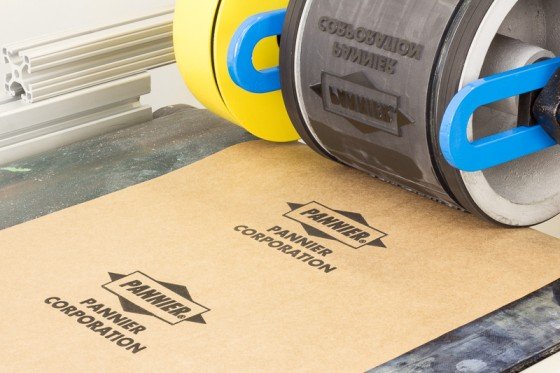
Flexographic Printing: It’s a process that involves transferring an image from a raised plate to another material, typically paper or plastic. This method is widely preferred for its ease of use, fast turnaround times, and cost-efficiency when compared to other more traditional processes like letterpress or screen printing.
Flexo printing offers versatility by allowing bag manufacturers to use different materials and thicknesses while still achieving high-quality prints with durability that can stand up against wear and tear associated with plastic bags. This process is especially useful for large orders such as grocery store bags, restaurant take-out sacks or retail shopping bags which need to be printed reliably in large quantities at once.
Pro: It’s easy for designers to reproduce intricate designs without any loss in quality when compared with digital alternatives like inkjet printers as well as traditional ones such as lithography presses since they can accommodate very fine details due to their highly malleable surface which allows them to conform perfectly onto irregularly shaped objects like textiles or corrugated boxes – both common materials found within bag production lines!
Con: Flexographic printing may not be the longest-lasting option. Unfortunately, its distinctive design can fade away with frequent use and washing.

Digital Printing: Digital printing provides a novel alternative to conventional offset printing methods, using digital files and either inkjet or toner-based technologies instead of traditional plates and rubber blankets. Offering greater flexibility than the latter process, it’s no wonder digital printing is becoming increasingly popular for both consumer-level projects as well as large-scale commercial production runs! The process begins with preparing the printing press for use with that particular type of material and calibrating it accordingly – then comes time for action! With either laser or inkjet technology, watch as intricate designs are directly transferred onto bags in brilliant colors and clarity.
Pro: Digital printing is a great option for bag mass production. It is faster and more cost-effective than offset or screen printing. It also provides the ability to print on a variety of substrates with varying sizes and shapes, which makes it ideal for large-scale production runs where customization may be desired. It does not use plates or screens as traditional methods do, so it can produce very high-resolution imagery without sacrificing speed.
Con: It may not be as durable as those produced by other methods if conditions are less than optimal—such as outdoor exposure with extreme temperatures or heavy wear and tear over time.
Overall though—if done correctly by taking into account things like substrate material selection and pre-press preparation—digital prints can provide an excellent solution for achieving stunning results at fast turnarounds times in mass-volume productions!
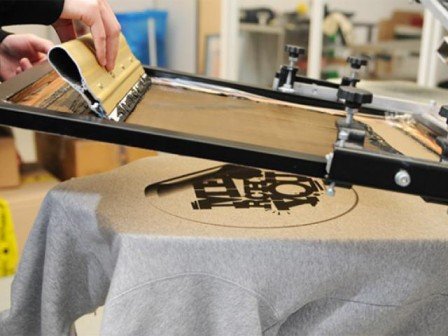
Screen printing: This process involves transferring ink onto the bag material using a fine mesh screen. It can be used on almost any type of material, including paper, plastic, metal, fabric, and more. The process involves: Designing the bag artwork, then transforming a fine mesh screen into an eye-catching stencil with UV light. Set up the printing press and load in the ink – it’s almost time to print onto those bags! Load them on board before applying pressure from a squeegee, transferring ink through that special design as if by magic.
Pro: It’s incredibly cost-effective. With this technique, you only need one setup per design instead of multiple machine setups which can significantly drive down manufacturing costs. Furthermore, since prints are applied directly onto the materials themselves there’s no need to pay extra for expensive tagging or labeling processes—this helps keep your overall production costs even lower when compared with other methods (such as embroidered patches.) Finally, since the ink used during this process typically dries quickly there’s usually less time spent waiting around between steps in production which increases efficiency levels too!
Con: One side is color accuracy. Due to a variety of factors such as ink opacity variations or different thicknesses across materials being used, colors may not be 100% accurate. Another potential disadvantage arises when dealing with curved surfaces where pressure must be applied firmly across all parts evenly in case some areas don’t get enough relief/printing compound otherwise they won’t register correctly after coming out from under the press run.
5. Tips for Ensuring High-Quality Custom Bags
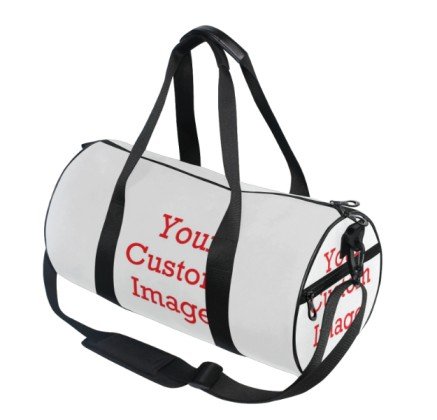
Here are some top tips for ensuring that your custom bag designs come out looking their best and are long-lasting:
- Choose the right printing method: As discussed earlier, there are various printing methods available, and each method has its own advantages and limitations. Select the method that suits your design requirements and budget.
- Select the right bag material: The bag material you choose can affect print quality and durability. Make sure to select a material that is suitable for the chosen printing method and can withstand the intended use of the bag.
- Provide high-quality artwork: Make sure to provide high-resolution artwork that is clear, crisp, and properly sized.
- Use high-quality inks and materials: Make sure to use high-quality inks and materials to ensure that the print is vibrant and long-lasting.
- Check for accuracy: Before starting the printing process, make sure to review the design and check for any errors or inconsistencies. This can help prevent any mistakes that could affect the final product’s quality.
- Perform quality checks: Once the bags are printed, it is essential to perform quality checks to ensure that the print is accurate and meets the desired standards. Check for any defects, smudges, or ink bleeding that could affect the bag’s appearance or durability.
6. Conclusion
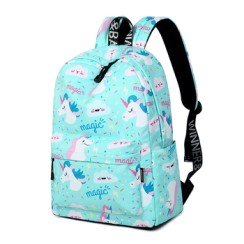
Bag printing is a complex process with many nuances. By investing in the proper printing technology, selecting quality bag materials, and monitoring production closely, you can ensure that your custom bags come out looking their best and are long-lasting. Working with a reputable bag factory that has experience in the selected printing method can also help ensure that the final product meets your expectations. Our Airscape Textile has more than 10 years of experience and we provide multiple printing methods for your choice. Just fill in the form on the right side and we will provide you with a bag solution that best suits your needs. You will get from us stunning bags that are sure to impress customers far and wide.

